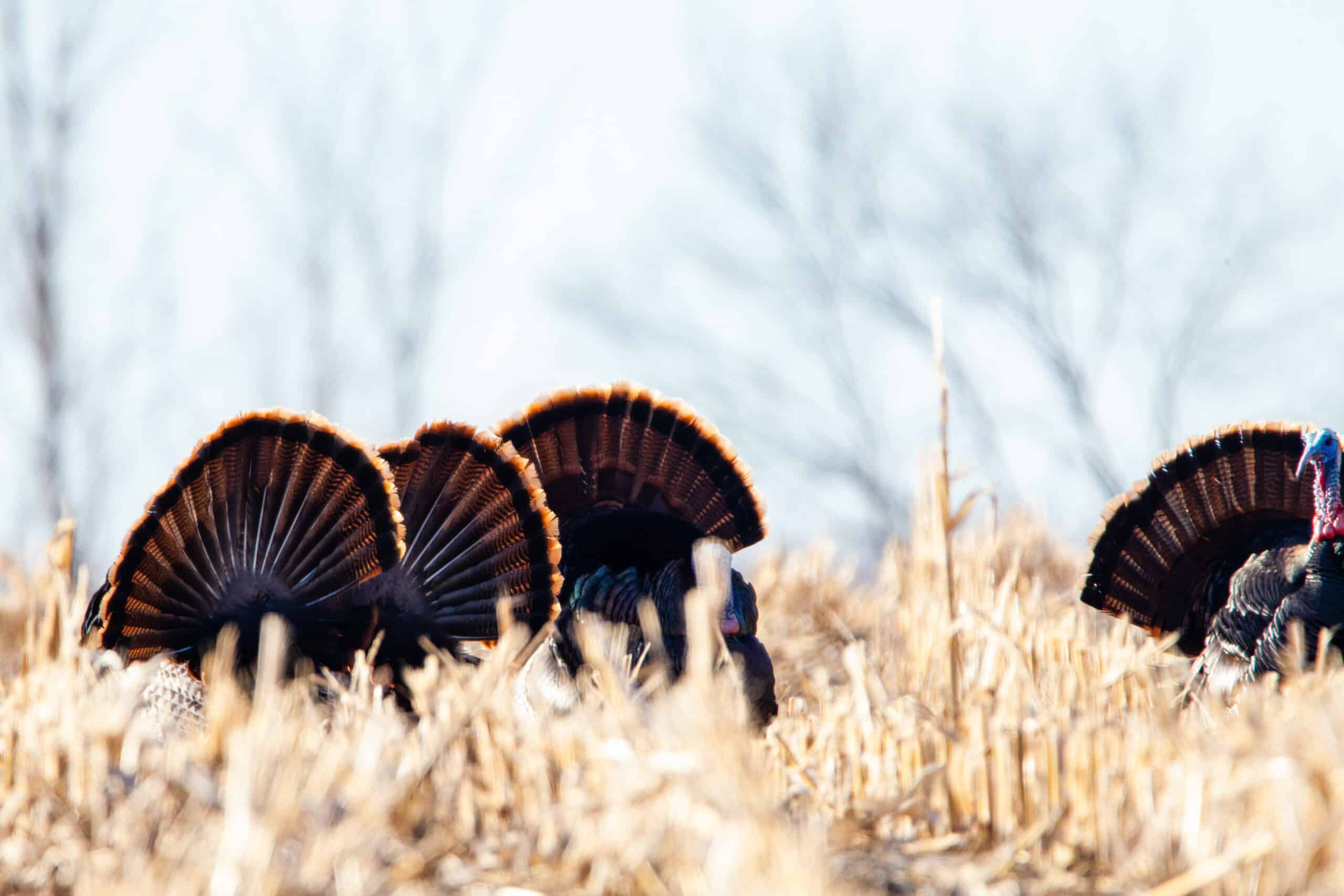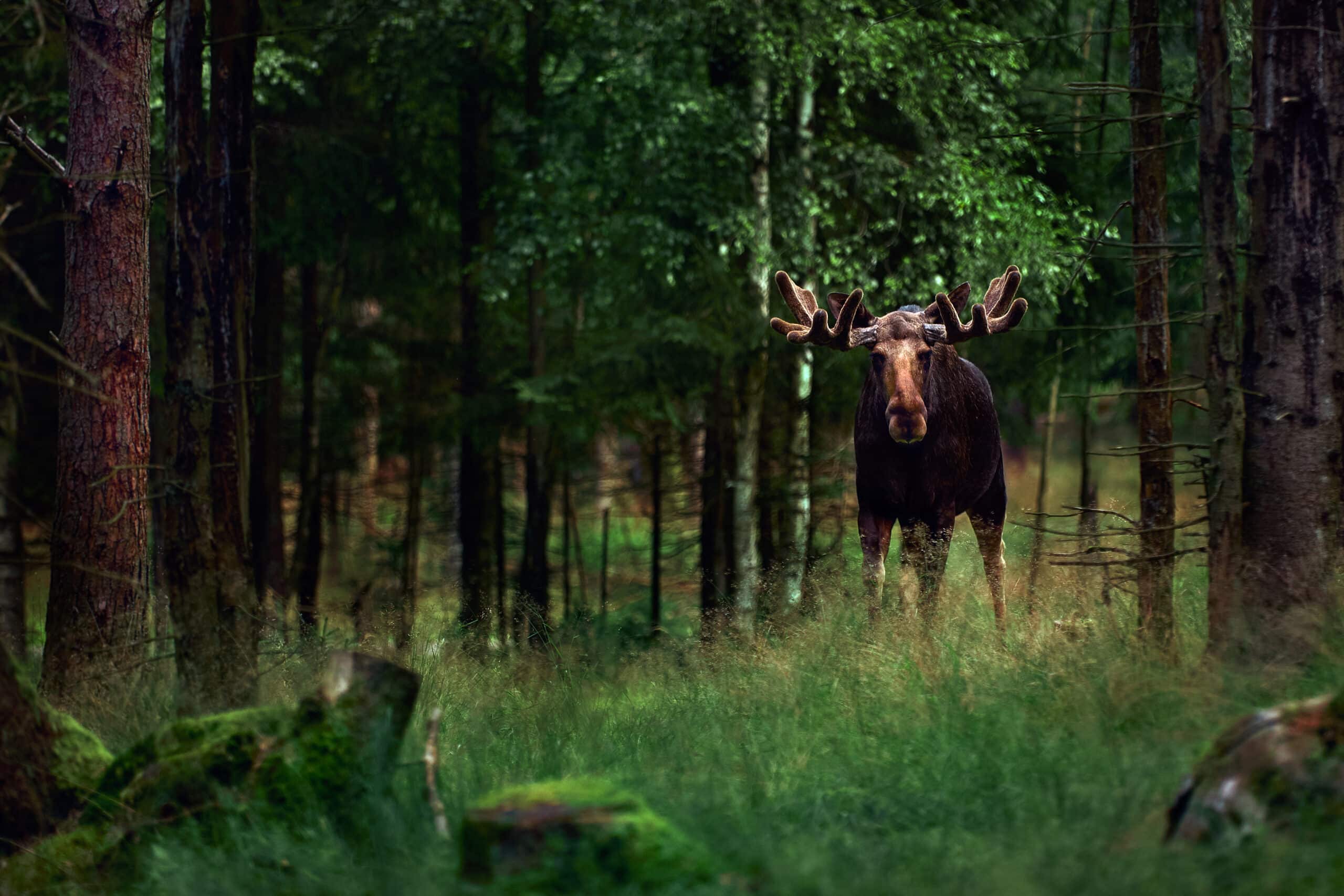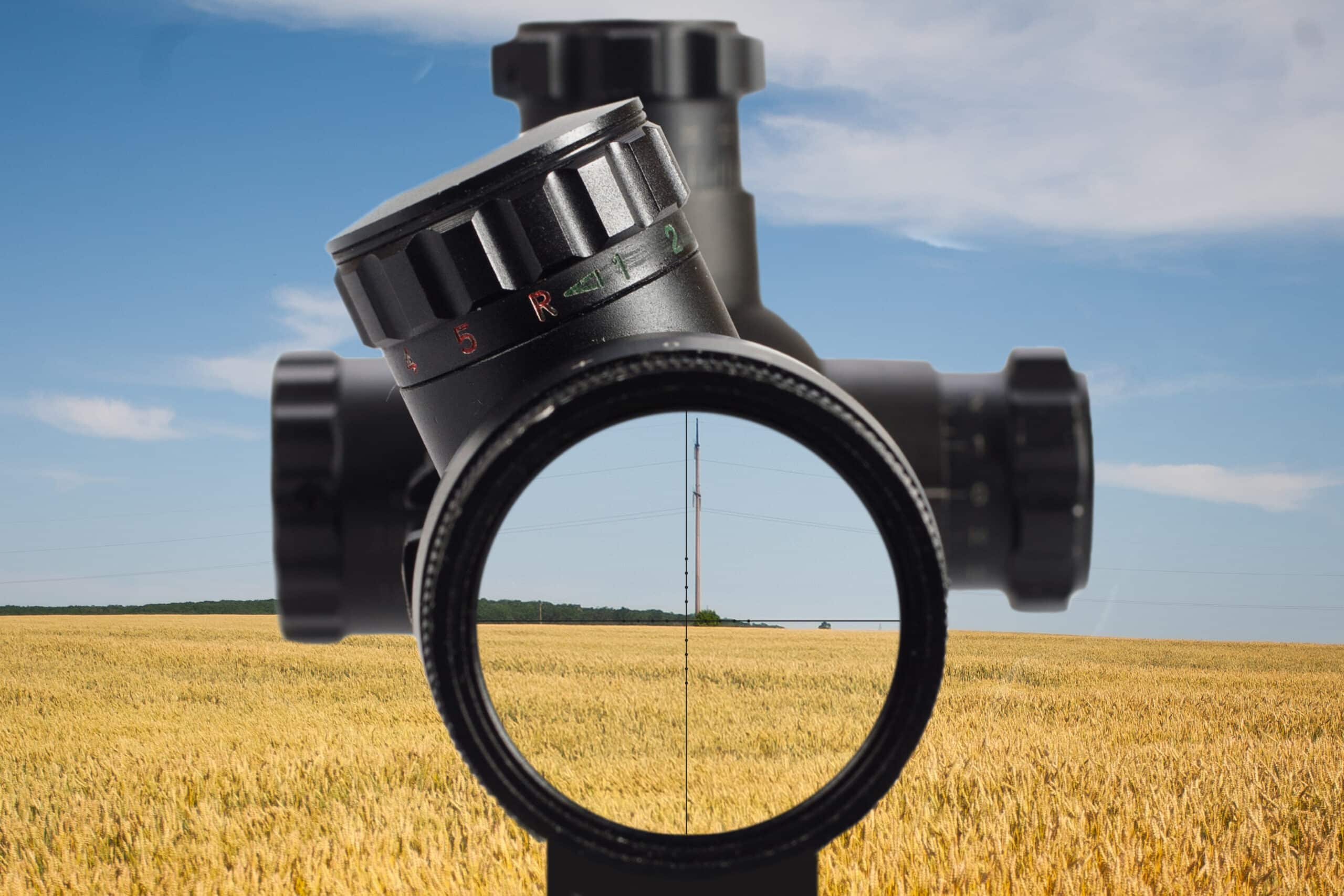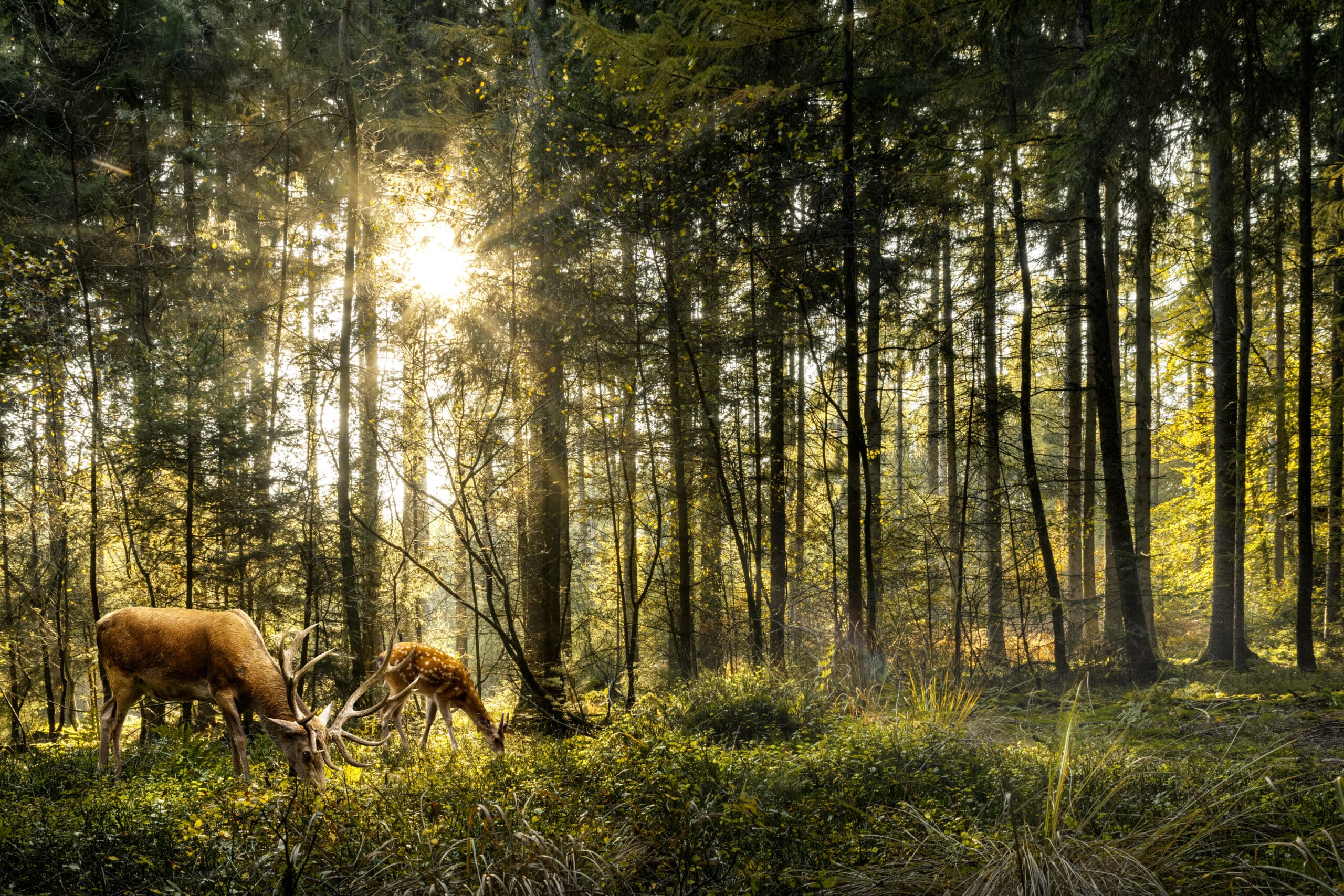Discovering the Atlantic Halibut in the Saguenay Fjord
Welcome, fishing enthusiasts and outdoor adventurers! Today, I’m taking you on a captivating journey into the world of Atlantic halibut fishing in the extraordinary Saguenay Fjord. This blog combines thrilling on-the-water experiences, scientific discoveries, and reflections on the future of this iconic activity. So sit back, relax, and let’s dive into this fascinating topic together!
An Exceptional Species: The Atlantic Halibut in the Fjord
The Atlantic halibut, with its impressive size and intriguing behavior, is undoubtedly one of the most sought-after catches for Quebec anglers. In the Saguenay Fjord, this fish stands out for its rarity and impressive dimensions, attracting both recreational anglers and scientists eager to learn more about this unique ecosystem.
What Makes the Saguenay Fjord So Special?
The Saguenay Fjord, stretching over 100 km, offers a unique habitat thanks to its cold, salty waters mixing with fresh river waters. This unique blend creates exceptional biodiversity, making the fjord a paradise for fishing enthusiasts. However, the Atlantic halibut is not an easy resident to spot. Its presence is influenced by factors such as ocean currents, temperature variations, and prey availability.
Highlights from Recent Atlantic Halibut Catches
The past season brought its share of surprises, with some catches leaving lasting impressions due to their size and the valuable data they provided.
A Season Full of Insights
Over the months, many anglers reported specimens exceeding 100 kilos—a remarkable size for such a discreet species. These catches are more than just trophies; they’ve also allowed researchers to gather data on growth, feeding habits, and the movements of these marine giants.
Crucial Scientific Advances
Through partnerships between anglers and biologists, some halibut were equipped with electronic tags to track their movements. The data revealed that these fish sometimes travel hundreds of kilometers, connecting the fjord to the Atlantic Ocean. Such information is essential for understanding how to protect critical habitats and manage their populations sustainably.
Looking Ahead to Future Seasons
While last season was rich in successes, the future holds many challenges. Here’s what anglers and researchers can anticipate in the coming years.
Conservation Measures at Stake
Though robust, the Atlantic halibut is vulnerable to environmental pressures and overfishing. Future seasons might see stricter quotas or limited fishing periods to ensure the sustainability of the resource. Balanced management will be crucial to preserving this ecosystem while allowing anglers to continue enjoying their passion.
New Opportunities for Sport Fishers
Technological advances like improved sonars and marine mapping apps are opening new opportunities for locating Atlantic halibut. Additionally, initiatives promoting sustainable fishing, such as catch-and-release programs, could gain popularity, offering anglers another way to contribute to conservation.
Practical Tips for Your Next Fishing Expedition
Dreaming of catching an Atlantic halibut in the Saguenay Fjord? Here are some tips to maximize your chances of success:
- Choose the Right Gear: Sturdy equipment is essential to handle the power of these fish. Opt for a strong rod, a quality reel, and durable lines.
- Find the Right Spots: Halibut favor deep seabeds and areas rich in prey. Study bathymetric maps and currents to identify promising locations.
- Be Patient and Persistent: Halibut fishing often requires long hours of waiting, but as they say, patience always pays off!
For high-quality fishing gear, visit Boutique Coureur des Bois. This site offers everything you need for a successful experience.
A Future-Focused Perspective
Fishing for Atlantic halibut in the Saguenay Fjord is much more than a simple pastime: it’s a human and scientific adventure that connects us to nature and its mysteries. As a community, we have a responsibility to protect this resource for future generations.
So, get your rods ready, sharpen your hooks, and dive into this exciting adventure. Thank you for joining me on this journey through the fjord and the fascinating world of Atlantic halibut. If you have questions or experiences to share, feel free to leave a comment. Happy fishing, everyone!
FAQ: Atlantic Halibut Fishing in the Saguenay Fjord
1. What’s the best time to fish for Atlantic halibut in the Saguenay?
The best period is usually between June and September when water temperatures and prey movements attract halibut to the fjord.
2. Do I need a specific permit to fish for halibut?
Yes, you must have a valid fishing permit and adhere to the current quotas for this species.
3. What are the best baits for halibut?
Natural baits like herring, mackerel, or squid are highly effective in attracting halibut.
4. Is catch-and-release possible?
Absolutely. Catch-and-release is encouraged to help preserve halibut populations, particularly for larger specimens.
5. Where can I find tips and gear for halibut fishing?
You can check out Boutique Coureur des Bois for quality gear and expert advice tailored to your needs.
Thank you for taking the time to read this blog!
Join us on Facebook and Instagram, where we regularly share content and promotions!
For any questions, contact us at info@boutiquecoureurdesbois.ca.
Visit our online store to explore all our products.








